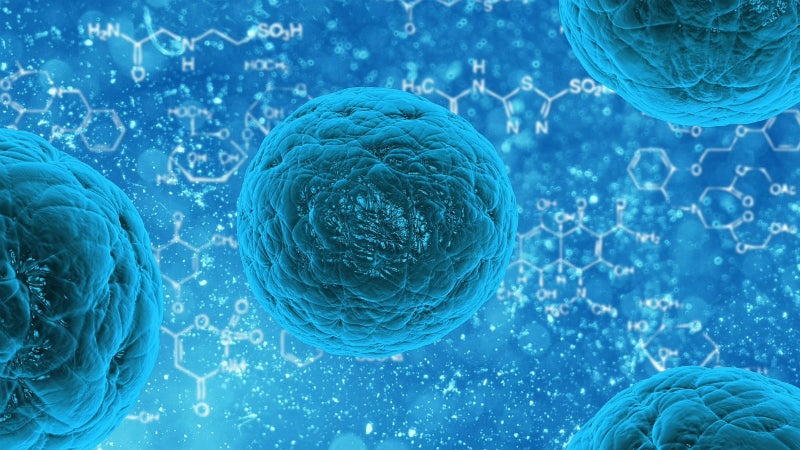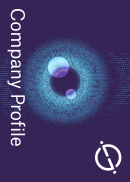
Antimicrobial resistance (AMR) is a major global health concern and pharmaceutical pollution is posing dangers to ecosystems and human health worldwide. The devastating effects are already evident in India and China, where most active pharmaceutical ingredients (API) are manufactured.
“Recent studies from Hyderabad, India, reveal excessively high concentrations of pharmaceuticals that exceed maximum regulatory limits or safe exposure levels,” says Dr Adela Maghear, pharmaceuticals policy officer at Health Care Without Harm (HCWH) Europe.
“The production of both APIs and finished dose antibiotics is concentrated in specific locations so the resulting point-source pollution is in incredibly high concentrations and encourages the development of drug resistance. This practice has a detrimental impact on vulnerable populations living near manufacturing facilities and wastewater treatment plants in these countries. In India, an estimated 58,000 new-borns die from multidrug-resistant infections every year.”
Public health – a global catastrophe in the making?
In developed countries, AMR has led to the rise of ‘hospital superbugs’ such as methicillin-resistant Staphylococcus aureus (MRSA) and vancomycin-resistant enterococcus (VRE). In the developing world, AMR represents an even greater threat, as antibiotics are relied upon to keep tropical diseases at bay.
“For example, this year has seen the rise of a highly resistant strain of typhoid fever in Pakistan,” comments Tom Moore, senior healthcare analyst at Global Data, “with over 2000 cases confirmed in the first six months of 2018. Since untreated typhoid fever is fatal in an estimated 15% of cases, a major outbreak of the disease could be catastrophic.”
The UN Environment report, ‘Frontiers 2017: Emerging Issues of Environmental Concern from UN Environment’, links growing AMR to the discharge of drugs and particular chemicals into the environment, and identifies this as one of the most worrying health threats today. However, the European Commission (EC) grossly underestimates the scale of the problem says Maghear:
How well do you really know your competitors?
Access the most comprehensive Company Profiles on the market, powered by GlobalData. Save hours of research. Gain competitive edge.

Thank you!
Your download email will arrive shortly
Not ready to buy yet? Download a free sample
We are confident about the unique quality of our Company Profiles. However, we want you to make the most beneficial decision for your business, so we offer a free sample that you can download by submitting the below form
By GlobalData“AMR could have killed 400,000 EU citizens since 2001, based on the EC’s own very conservative estimates – evidently, the loss of human life is not an adequate motivator for action on tackling AMR.”
He continues: “A Swiss study demonstrated that 75% of 38 tourists travelling to India returned home with antibiotic-resistant bacteria in their guts. In addition, 11% of tourists had bacteria resistant to the last-resort antibiotic colistin. This highlights the immediate danger for the entire world if the pharmaceutical pollution issue is not immediately and effectively addressed.”
Preventing pharmaceutical pollution
Pharmaceutical pollution cannot be viewed as simply an issue for the countries that produce the most pharmaceuticals (such as China and India); the EU is under pressure from campaign groups to introduce the necessary legislation to protect citizens both in Europe and worldwide.
“Currently there is no legally binding legislation, not even guidelines on how companies should dispose of their waste in an adequate, safe way,” says Maghear. “It’s up to each company to have internal policies in place on this and there is a lack of transparency regarding the existence of such policies.”
The European Federation of Pharmaceutical Industries and Associations (EFPIA) has said it will take action, but Maghear suggests that this industry-led declaration is a smokescreen that unfairly puts the onus on patients by only focusing on one pathway: disposal.
“This moves focus away from the fact that pharmaceutical companies should be cleaning up their own production and supply chains and investing in biodegradable pharmaceuticals –two pathways that they should take responsibility for,” he comments. “Solely focusing on one pathway will not sufficiently reduce the amount of pharmaceuticals entering the environment.”
Health Care Without Harm is running a Safer Pharma campaign, the results of which will be published soon. The main objective is to push the European Union (EU) to be the first region to legislate on pharmaceutical pollution, and leverage health professionals’ leadership role in tackling this issue.
The challenge ahead
“There is a lack of commitment from EU policymakers to address this issue, mostly due to the intense lobbying of industry against introducing environmental criteria in the Good Manufacturing Practices (GMP) framework,” says Maghear.
“Thankfully, the European Parliament seems to have a better understanding of the seriousness of the problem. On 13th September in Strasbourg, a high majority of the Parliament voted for an urgent need to implement effective legislation to contain AMR.”
Over the next decade, he is keen to see industry accepting responsibility for their pharmaceutical pollution and, crucially, hospitals also taking a lead in tackling the issue.
“Hospitals can take simple steps such as including environmental criteria in their procurement decisions at hospital level, and requiring manufacturers to disclose the source of their active pharmaceutical ingredients and their post-manufacturing pollution control practices/policies.”
Healthcare professionals can also take the lead in educating patients about the environmental impact of the drugs they use.
Re-thinking antibiotics
Alongside the devastating consequences of pharmaceutical pollution, the industry is likely to face significant challenges in developing new antibiotics to counter the AMR threat.
“One major problem facing drug developers is that it is incredibly difficult to generate revenue from new antibiotics, meaning that there is a high risk that the cost of development will not be recuperated,” says Moore. “As such, despite the high unmet need in this area, many large pharmaceutical companies are opting to shut down antibiotic development programmes altogether. Development of novel antibiotics therefore must rely heavily on smaller biotechs, grant-funded academic research and charitable organisations.”
Moore explains that in order to try and mitigate this problem, drug regulators have begun to offer incentives for pharmaceutical companies to develop new antibiotics. For example, the US Food and Drug Administration (FDA) offers incentives for companies applying to market antibiotics in the US under the Generating Antibiotic Incentives Now programme. Drug companies with a qualified infectious disease product can look forward to a longer period of market exclusivity, a quicker review period for marketing, and greater communications and support from the FDA during development.
“However, if the mounting threat of antibiotic resistance is going to be tackled, then much greater incentives and funding sources must become available for pharma,” warns Moore. “Post-approval, pricing and commercialization strategies for new antibiotics must also be reconsidered, as a volume-driven sales approach does not align with antibiotic stewardship efforts and the need to preserve novel antibiotics as last-resort options.”
With the dual threat of AMR induced by pharmaceutical pollution, and issues surrounding the development of novel antibiotics, new legislative measures and incentives will prove essential in turning the tide for both the industry and public health over the coming decade.



